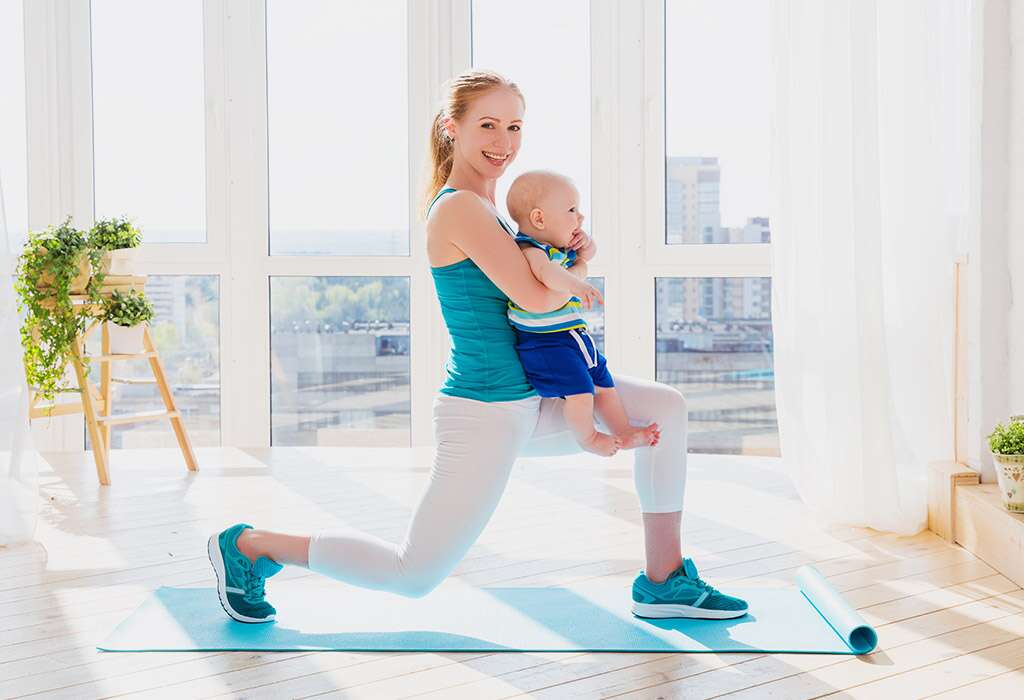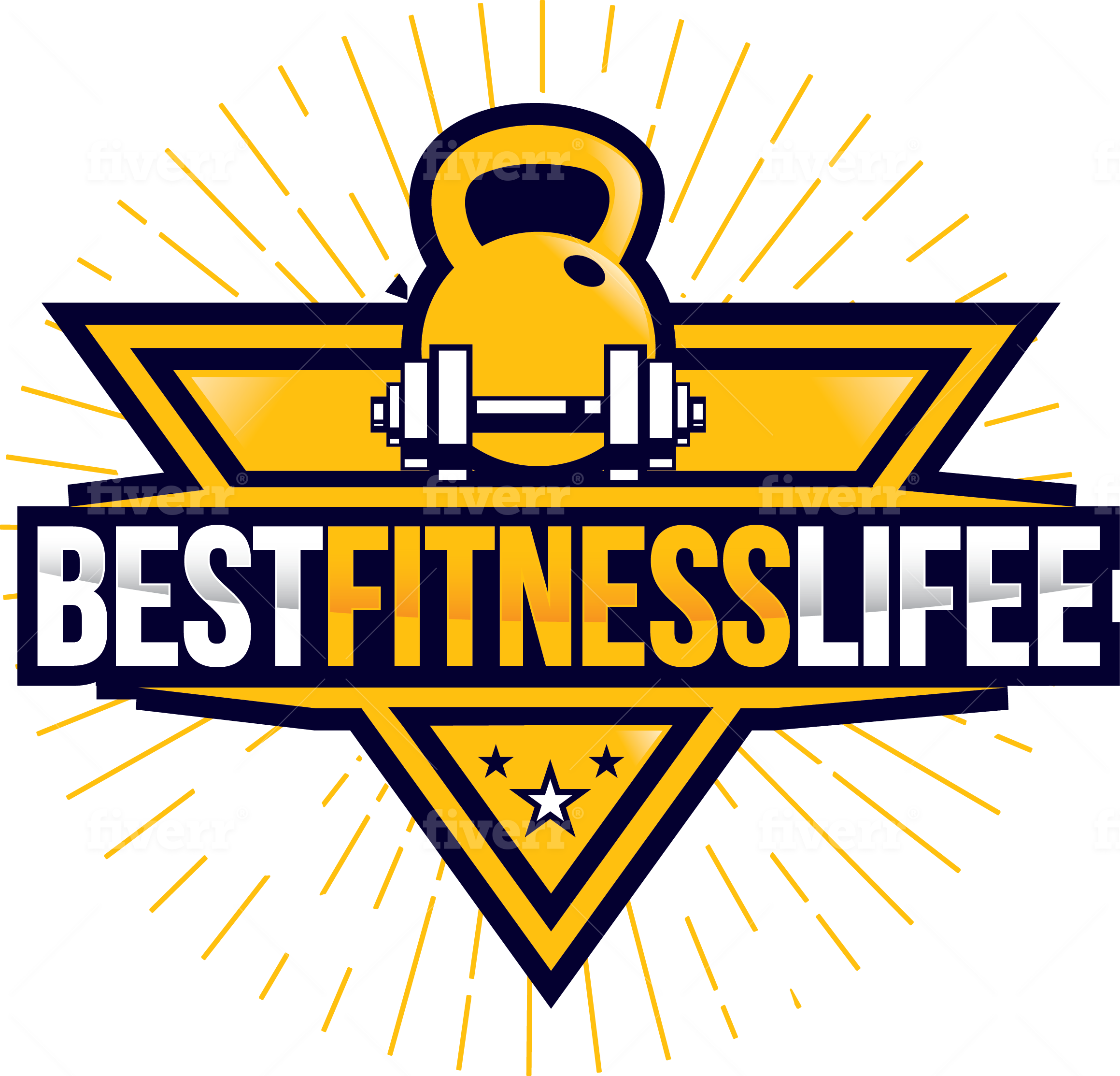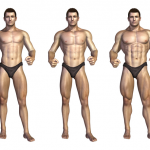Despite the great happiness that giving birth causes in every woman, her body suffers enormous wear not only during pregnancy but also in childbirth.
We have prepared for you, friend and mother, this guide that will not only provide you with a series of practical tips so that you can be the same as before. However, it is also to restore confidence and self-confidence.
We are sure that with a little effort and patience, you will see the results in your body in a short period of time. Also, you will achieve that your mind and heart are balanced so that your life is not the same as before, but better.
Our main concern: Postpartum

After childbirth, the most common thing is that our body is left with a few extra kilos, the skin becomes more flabby and swollen and our hips wider.
A series of changes that make the vast majority of women feel bad about ourselves after giving birth.
Many women, new moms, check with regret that, looking at ourselves in the mirror our figure is no longer the same as before. Causing sadness and many times anger because everything in us changed.
However, it is possible to recover our figure.
The first thing that usually worries us is to recover the smoothness and tone of our abdomen, but we must go little by little.
Our body has undergone many transformations and before starting to work the muscles of our abdomen, it is convenient to recover the muscles that have been most damaged after delivery: those of the pelvic floor.
That is, those who allowed us to push and let our baby see the light.
For this reason, once the Sabbath days after childbirth have passed, we must get down to work to return to being the same as before.
We can do it with dedication and effort.
How to recover your figure?

To recover our figure after pregnancy it is necessary to use girdles, exercise and also eat healthily.
As a first step, it is very important to know that the first three months are the perfect time to achieve this through proper exercise and diet routines, which are essential to prevent the figure from changing so drastically.
Also, it is very important to have a positive attitude to be able to do it.
Steps to recover the figure:
We can achieve more effective results to recover the figure when care begins from the moment we learn about our state of pregnancy, that is, from that moment we must take care of our diet so as not to be overweight in the following nine months.
It is “very important” during the entire period of pregnancy not to remain still. But you must walk, do yoga or aerobics and even weigh, logically all directed by a professional in activities of women in pregnancy.
We must remember that the normal weight to increase each month of gestation is only one kilo (2 pounds). Therefore, we must avoid sweets and sugars, and replace them with fruits and dairy.
Once we have given birth and having the baby in our arms, there is nothing better than breastfeeding to recover our figure. With this, high caloric expenditure is achieved that will be very evident in weight loss week after week while feeding the baby.
We will also need an exercise program specifically designed to restore the muscle tone of the abdominal and pelvic regions. It is because with daily activities these areas cannot be strengthened.
Exercise will not only manage to strengthen our muscles but will also improve the return of venous blood to the heart, avoiding varicose veins, cramps and venous edema.
It will also decrease the possibility of thrombosis (occlusion of veins) in the extremities and promote healing.
Exercise will also help us tremendously in managing stress and relaxing.
Postpartum Fitness Plan

The sessions should be brief but frequent, as they could exhaust us, and in the postpartum, our energy reserves are not at their best.
With lighter sessions, the muscles are better toned.
Slowly but surely, it has to be our daily phrase, because we have to take time between series and series, and rest for a while at the end of each exercise, breathe deeply and hydrate well by drinking plenty of water.
And always think that there is no rush.
Work to strengthen the abdominal muscles should begin once the tone of the perineal or pelvic floor muscles has recovered.
Never before.
It is convenient to avoid:
1. Jump.
2. High impact aerobic exercises.
3. Strong movements (for example cycling).
4. Perform high-intensity crunches.
Until the perineal and abdominal muscles are strong, you cannot perform any type of sports activity.
What muscles should you contract?
We have several options.
Here are some exercises:
1. Imagine that you are going to escape gases: squeeze the muscle around the anus (anal sphincter) with all your strength moving it inward. Count to 5 and relax.
2. Imagine that you are going to have a menstrual loss and you should avoid straining yourself. Tighten the vagina to retain the flow. Count to 5 and relax.
3. Imagine that you are urinating. Squeeze hard as if you want to cut off the flow of urine (urethral sphincter). Count to 5 and relax.
Do the same thing 3 to 5 times and repeat it several times throughout the day.
We can also do quick contractions: by contracting and raising the muscles quickly and forcefully, and immediately relax them 10 and 20 times.
Repeat again 3-5 times.
Alternate performing both contractions.
As the muscles are strengthened we can hold more seconds and perform more repetitions.
Pelvic floor or perineal strengthening exercises are known to specialists as “Kegels.”
At all times avoid contracting the muscles of the buttocks, thighs, abdominals or belly.
You can perform them in any posture:
Lying down with your legs bent, standing with your legs slightly apart, leaning against a wall or reclining with your hands resting on a table. Sitting, lying on your back with your legs bent, or lying on your side with your legs bent.
It will be good to do them while we are queuing to pay in a supermarket, in a waiting room or watching television.
You have to take advantage of all the moments you have to exercise your muscles.
Protect your back
During the postpartum period, we may still feel pain in our backs or when adopting some postures.
Also, if we are breastfeeding we can feel some tension in the upper back due to the extra weight of the chest.
Therefore, back exercises can be very useful in these cases.
Suggestions :
– Avoid, do not carry the baby by holding it on the hips. This causes the column to bend. Padded shoulder kangaroos are recommended.
– When changing baby’s diapers or dressing, instead of bending over, sit on the bed next to him or do it on the changing table.
– When feeding the baby:
1. Support the baby on the arm and on a pillow.
We should consider using a specially designed nursing pillow so that you adopt a comfortable position while breastfeeding.
2. Avoid sitting in the rounded shoulder position and leaning towards the baby.
– While standing up, you must keep at least one knee-high than the hips, in order to reduce the rocking of the back.
– When we talk to our baby, we should bend our knees and bend down instead of bending over.
Abdominal exercises

Most women develop a gap or gap between the abdominal muscles during pregnancy or labor, and it will take four to six weeks for it to close.
This is very important to take into account because if we start doing abdominal exercises before it closes, we run the risk of hurting those muscles.
Spending 5 to 15 minutes a day, 4 to 5 days a week (or alternative days), will be enough to check that the abdomen, gradually, becomes firmer and flatter.
Being constant, we can start to see results in about a month.
In addition, this work will help us improve posture and prevent possible back problems.
When to start
Generally in normal deliveries, it is recommended to start exercising after 4 weeks.
If you have had a cesarean section, 6 weeks later is the normal waiting period, but your doctor will tell you exactly when you can start exercising.
Important guidelines to consider:
You should consult your doctor before starting the activity.
Go at your own pace. Gentle exercises are important to help heal muscles.
Relax and breathe deeply during and between exercises. Exhale on exertion. DO NOT hold your breath.
Support the head and shoulders on a pillow for greater comfort.
Begin by performing each exercise 2 to 3 times.
If you notice increased bleeding or bright red bleeding occurs again, stop exercising and call your doctor.
We can start doing them after the third week, as long as we have had a normal delivery.
Exercise 1
Lying on the floor, on your back, with your knees bent and feet hip-width apart, your lower back on the floor, and your hands behind your head.
Slowly raise your shoulders and rib cage off the floor as far as you can, keeping your lower back flat on the floor and abdomen as flat as possible.
Now go back to the starting position and repeat.
You can start with 6 or 8 repetitions and gradually increase as your physical condition improves.
Exercise 2
Lying down with your knees bent, try to touch your knees with your fingers and stay in this position as long as you can.
You should take a deep breath before starting the exercise and breathe out when you hit your knees.
Repeat it 10 times.
Can you go on a diet?
Breastfeeding is not an opportune time to follow a weight loss diet.
Breastfeeding the baby helps us regain our weight more easily since milk production requires the use of stored fat reserves during pregnancy.
Artificial breastfeeding allows a weight loss diet to be followed earlier, but it should be done under the supervision of a specialist since very strict diets can aggravate the predisposition to suffer postpartum depression.
Different studies suggest that a lactating woman who exercises physically recovers her pre-pregnancy weight more quickly than a sedentary nursing mother.
It is necessary to take into account that the infant consumes no less than 600 extra calories per day and that she does not become obsessed with the idea of losing weight quickly.
A nursing woman loses weight more slowly than a baby who is not breastfeeding.
Additional recommendations

The most appropriate thing is to do exercises to recover the figure.
The most recommended are flexing the ankles, turning the body from one side to the other, shaking the feet or doing soft flexes in a lying position, slightly contracting the abdomen.
As time goes by, these activities may become more intense, approximately four weeks after delivery.
Attitude is essential, so you have to have a lot of patience and perseverance since generally the results are seen in the long term.
As for food, you must drink plenty of water and eat plenty of fruits and vegetables, mainly avoiding flours, fats, and sweets.
It is recommended to use girdles on measures to fix and rearrange the skin.
After giving birth to our babies, women seek methods that help us recover our figure as soon as possible, and the use of postpartum girdles or shaping girdles come to solve the momentary problem to start using your clothes before pregnancy or to go out and put on the clothes you were wearing before you got pregnant.
Although its effectiveness has not yet been proven, the truth is that most women use postpartum girdles.
Its use in the first days after delivery can help reduce the volume of the abdomen a little and stabilize the uterus to return to its normal size.
The girdle will also help you correct your posture.
Remember that there is no better girdle than your abdomen.
Some doctors do not recommend the use of postpartum girdles. There are many doctors who are not in favor of recommending the use of this girdle, mainly because they believe that the body is fully capable of recovering on its own and does not need help.
In the case of a cesarean section, doctors do not recommend its use. However, there are doctors who think that it is not entirely wrong to wear the girdles since their proper use can help to minimize bleeding, and decrease inflammation.
Helpful Postpartum Tips

Here are some extra tips to help your body, skin, and muscles be the same as before:
Avoid housework or other types of exertion activities for three to four weeks after delivery.
Again we remind you: respect the sexual quarantine.
Wear a bra both day and night to prevent chest loss.
If the circulation of your legs has worsened, take baths of cold and hot water, or resort to some treatment such as pressotherapy (lymphatic drainage).
Eat well, avoiding extra fats and sugars: now you need good supplies of iron, calcium, and vitamin.
Don’t skip any food time.
A good massage can help you relax and regain muscle tone soon.
Keep using anti-stretch mark creams for an additional 3 months after delivery.
Meditation during Postpartum

The process of giving birth and the first months of having our little one at home are undoubtedly very exhausting, not only for our body but also for our mind.
Just as the organism begins a process of reorganization and postpartum recovery, it is also necessary for it to be reunited and re-establish the connection with the interior, in order to better meet the needs of the newborn.
Meditation can help us find balance and well-being in the body-soul unit, which can begin to be achieved with a simple relaxation, which is a great alternative to restore ourselves in postpartum.
You will wonder how you can do to meditate.
Do this simple five-step meditation:
Focus on the breath:
Take 3 slow, deep breaths inhaling through the nose and exhaling through the mouth.
As you breathe slowly and deeply, you will leave your worries behind.
Connect with your “inner” self:
Take a few minutes and listen to the noises around you.
Keep taking deep breaths.
That connection between your exterior and your interior will serve to relax you.
Pay attention to your body:
Try to locate any place of tension that you can feel.
The neck, shoulders, torso, back, legs.
Try to breathe deeply and feel that these areas become more sensitive.
Take your time:
There is no minimum or maximum measure of time for this meditation.
The ideal would be not to do less than 10 or 15 minutes.
The awakening:
Take a few minutes to reflect on your experience.
This will give a closing to the meditation that will allow you to achieve the necessary transition to return to your daily activities.
Conclusion
Although we may become very impatient to return to the physical state we were in before pregnancy, we should remember to do the exercises calmly at first.
It will be important to keep our doctor informed about the activities we carry out.
In addition to these suggested exercises, you may also want to do some type of cardiovascular work, such as brisk walking (which you can also do while walking your baby).
Don’t push yourself too hard!
As you feel stronger and sleep a little more, you will feel better able to carry out those exercises or practices that you like the most to improve your physical condition.
Remember that it is of great importance to improve the emotional and mental condition in order to overcome the new challenges that are presented to us in this new stage of life.
Love yourself a lot and give yourself time to remain calm and at peace with yourself and the new environment that surrounds you today.
Patience will be an important key to not be discouraged because it will become your best ally to successfully achieve your goals.







